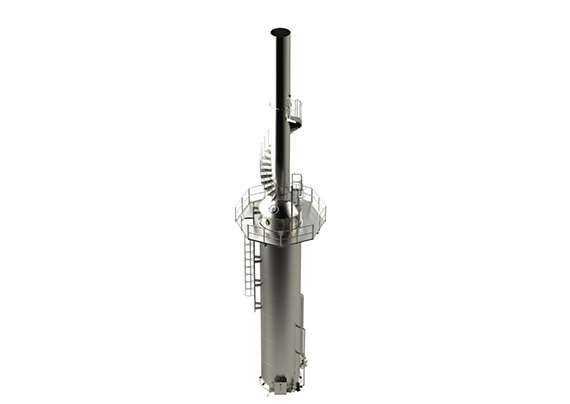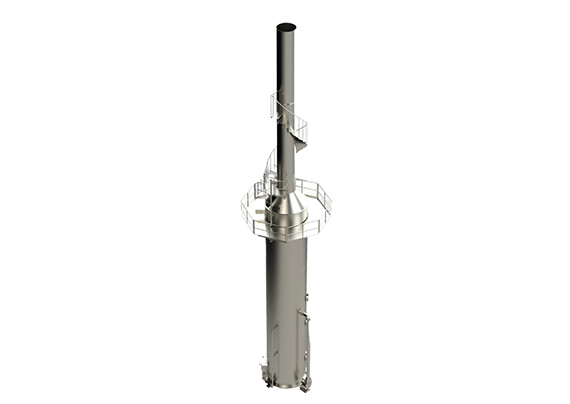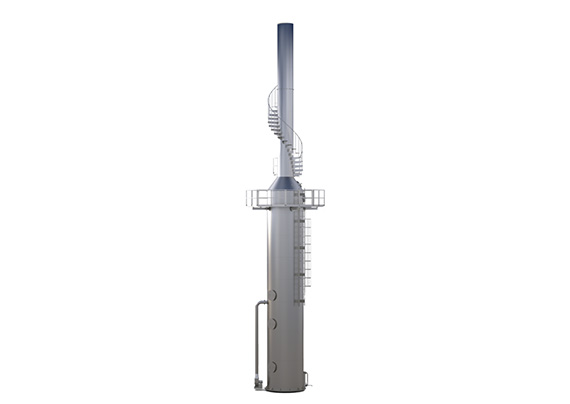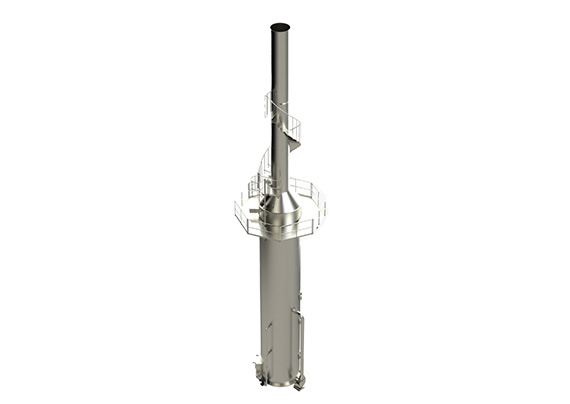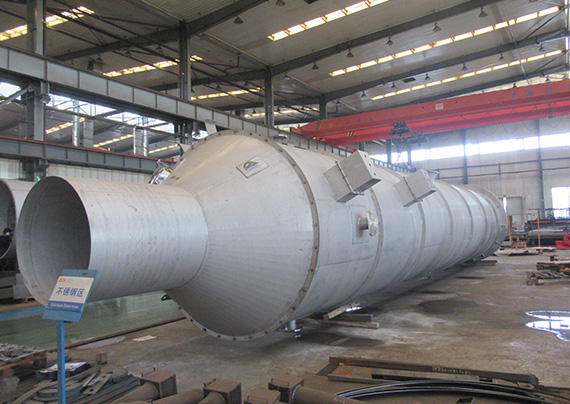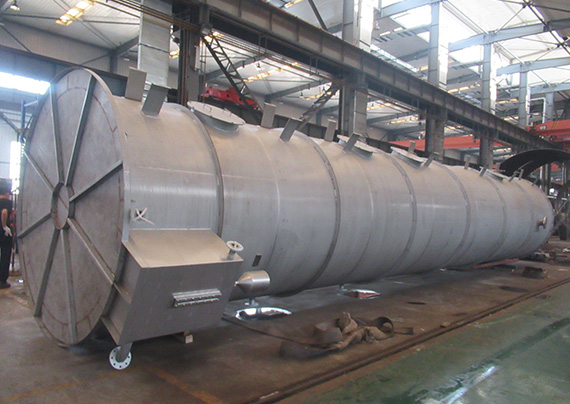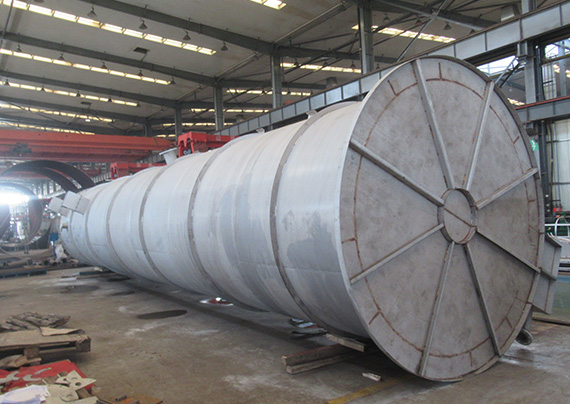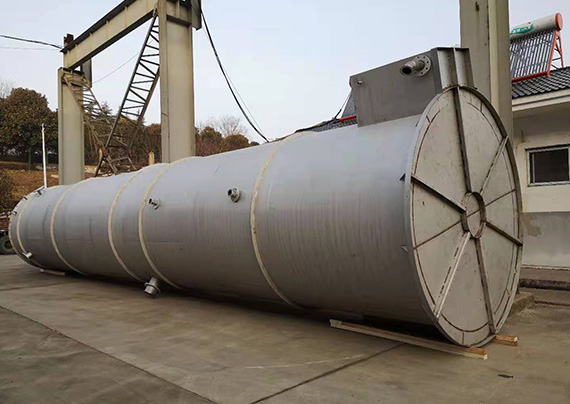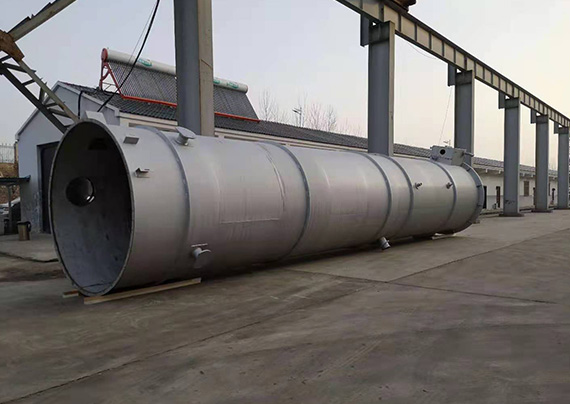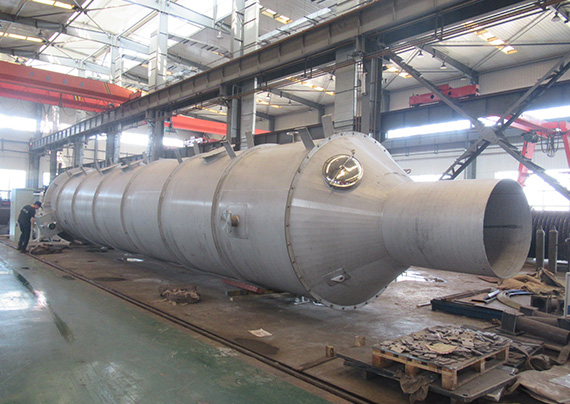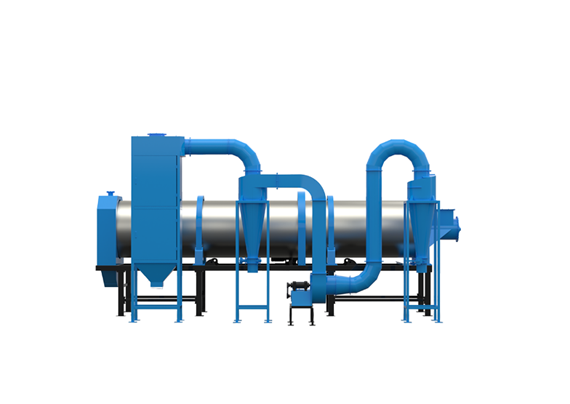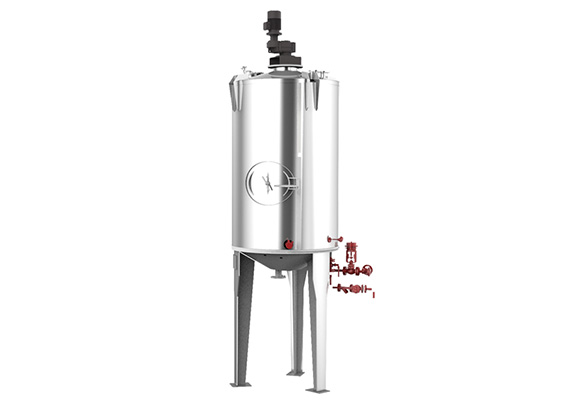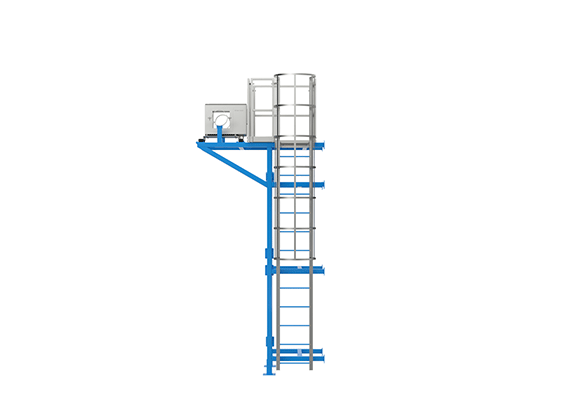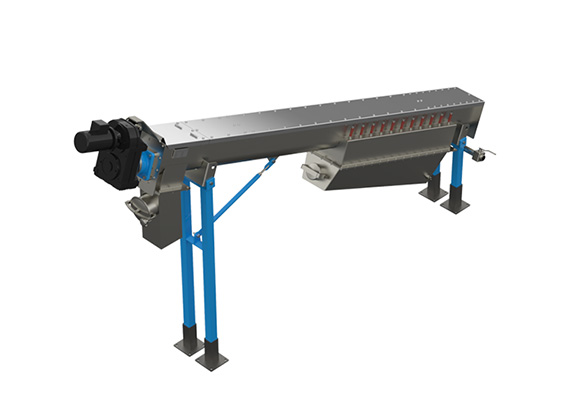Description
The Ionization Tower takes a leading role in efficiently purifying waste gases across various scenarios. By employing high-voltage electrodes, this equipment generates robust electric fields. These fields initiate a transformative process within waste gases, breaking down organic molecules into charged particles through the application of high-voltage electric energy. This simultaneous generation of ozone further supports oxidation, ensuring comprehensive waste removal and purification.
Beneath the influence of the high-voltage electric field, residual particles, oil mist, and impurities are drawn towards the anode tube, where they are efficiently captured. This essential process contributes to the self-renewal and automatic cleansing of the electrode surface, facilitated by a liquid film on the inner anode tube wall.
The ionization tower features a dual-stage structure, primarily consisting of the tower body, cathode line, anode tube, packing layer, support plate, atomization spray system, demisting system, and air extraction system.
What is Ionization Tower
An Ionization Tower represents an innovative apparatus designed to neutralize pollutants present in the air. Operating by directing air through a chamber containing an electric field, the device triggers the ionization of airborne contaminants. These charged pollutants are then efficiently captured by oppositely charged plates or media, leading to their removal from the air. Moreover, ionization towers extend beyond industrial contexts for emissions control, finding application in various environments to enhance indoor air quality.
Technical parameter
| Model | Diameter(mm) | Height(mm) | Power(kw) |
| XDT-2500-25000 | 2500 | 25000 | 11 |
Ionization Tower FQA
An ionization tower is a device that utilizes high voltage to create ions, which are atoms or molecules that have gained or lost electrons. In diverse industrial and commercial settings, you can harness these ions to neutralize static electricity.Some common uses of ionization towers include:
- Eliminating static electricity in the manufacturing of plastic and other materials
- Reducing the risk of explosions in flammable environments
- Improving the efficiency of air filtration systems
Ionization towers come in varying sizes and designs, each tailored for specific applications by manufacturers. They incorporate features that may depend on both the manufacturer and the intended use. Some common features of ionization towers include:
- High voltage power supply
- Ionization electrodes
- Airflow system
- Grounding system
By employing these advancements, ionization towers stand as essential tools for improving air quality and addressing static electricity concerns.


